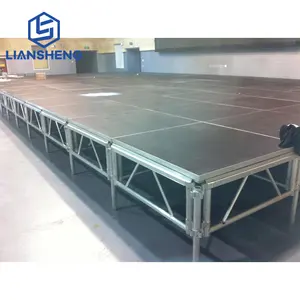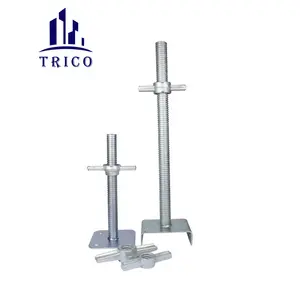Exploring Construction Staging Essentials
Construction staging serves as the backbone for various construction activities, providing a secure and stable platform for workers and materials. This category encompasses a range of temporary structures designed to facilitate the safe and efficient execution of construction tasks. Understanding the different types of staging and their specific applications is crucial for ensuring worker safety and project efficiency.
Types of Construction Staging
Within the realm of construction staging, several types are tailored to meet the diverse needs of construction projects. Scaffolding staging construction is a common sight at many sites, offering a versatile and robust solution for reaching different heights. For tasks that require mobility, rolling scaffolding and portable scaffolding provide excellent options, allowing for easy relocation and adjustment on the fly. When it comes to projects demanding frequent height adjustments, pump jack scaffolding stands out for its cost-effectiveness and ease of operation.
Applications and Features
The application of staging work in construction spans across the erection of buildings, repair of bridges, and other structural works. Each staging solution offers unique features to cater to these applications. For instance, staging platform construction is designed for heavy-duty support, while temporary staging construction can be quickly assembled and disassembled, ideal for short-term projects. The materials used, such as aluminum for walkboards, ensure durability and resistance to elements like rust, extending the lifespan of the staging.
Materials and Advantages
The choice of materials in staging materials construction plays a pivotal role in the safety and durability of the staging. Aluminum is favored for its lightweight and corrosion-resistant properties, making it a practical choice for walkboards. The advantages of using appropriate staging materials include enhanced safety for workers, increased efficiency on the job site, and a reduction in overall project time due to the ease of assembly and disassembly.
Choosing the Right Staging
Selecting the correct type of construction staging is essential for the success of any construction project. Factors to consider include the nature of the work, the frequency of movement required, and the specific conditions of the construction site. For example, staging bridge construction requires a different staging approach compared to staging new construction homes. It is important to assess the requirements of each project to determine the most suitable staging solution.
Conclusion
In conclusion, construction staging is a critical component in the construction industry, ensuring the safety and efficiency of operations. By understanding the various types, applications, and materials involved, businesses can make informed decisions on the appropriate staging solutions to include in their inventory. Alibaba.com facilitates this selection by connecting buyers with a diverse range of suppliers, offering a multitude of staging options to meet the demands of any construction project.










































 浙公网安备 33010002000092号
浙公网安备 33010002000092号 浙B2-20120091-4
浙B2-20120091-4